How to stop your dog barking at loud noises and passers-by using the 'in' command, by Ben Randall
Dogs who become overly territorial and bark at loud noises or passers-by can be a headache for their owners — but it's a problem easily dealt with, as Ben Randall explains.
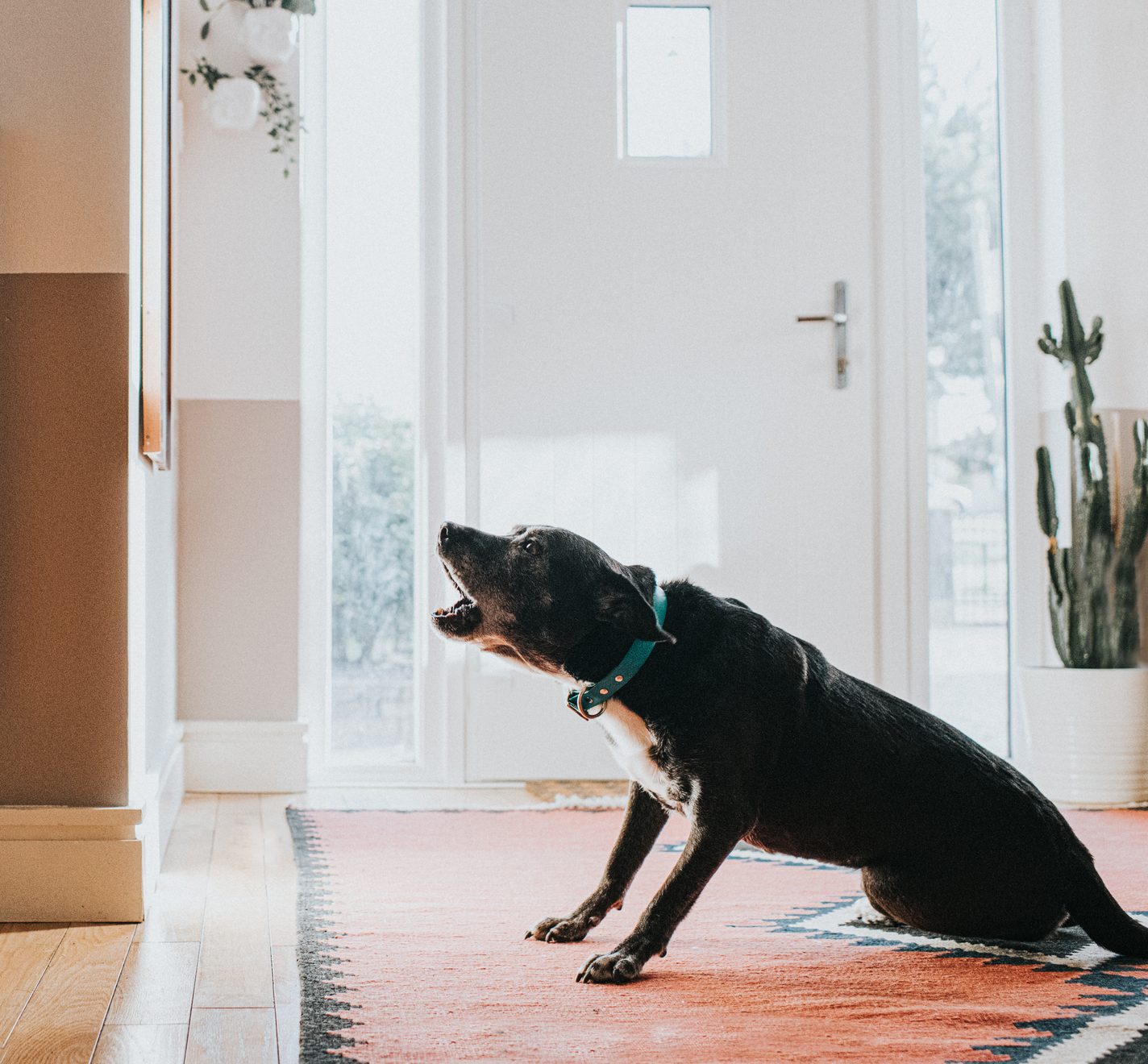

Dogs — like most animals, not least humans — can be very territorial creatures. Most of the time there's nothing wrong with that, but if it brings with it overly protective or nervous behaviour, it's something we need to help them with. That's the issue faced by this week's reader:
Dear Ben, We need your help! Every time someone walks past our house on the street, our dog starts barking furiously — especially if they have a dog, but it happens regardless. It's so disruptive that we've taken to keeping the blinds shut in the front room, which is a terrible shame because one of the key things that attracted us to the place was the view of the trees. It's not just people walking past who create the reaction: every loud noise she hears sets her off, from car doors being shut down the road or the neighbours doing some DIY. She barks for about three four minutes after the noise has stopped — and she'll do the same when greeting guests, as she gets very excited. We have tried treating her, tried distractions, tried telling her, tried giving her a favourite toy, but nothing works. Please, please help us to get our dog to bark for the right reasons, and not at every bang, knock or person walking past! — AP via email
Thanks for writing to us — as you've said elsewhere in your long letter to me via paws-for-thought@futurenet.com, you suspect quite rightly that this is territorial behaviour. I've been training dogs for decades while honing my BG (Beggarbush) techniques, and it's something that is all too common.
I'm sorry to say that in my experience it means she's not as happy as she should be; she's on edge all the time because she feels she has to be in protection mode. What you want is for her to be relaxed and calm, and above all trusting you so completely that she knows she doesn't have to worry about the noises, the passers-by or anything else. Here's how to get her to that state.
How to stop your dog barking at passers-by or loud noises
1. Understand the problem and stop the barking with 'leave'
Your dog has become territorial not just within her environment, but all around it: she's thinking that it's her house, her door, her front driveway, her stretch of pavement out the front, and indeed her road — and it's got her in protection mode. Anyone coming in she'll either want to deter from coming in, or check thoroughly before granting admittance.

The first thing you need to do, though, is to be able to get her to stop what she's doing — in this case, barking — by practising the 'leave' command, several times a day, particularly around mealtimes. After that you can move on to the main solution: the 'in' command, which I'll explain next.
2. Practice the 'in' command until she has total trust in you
When your dog sees or hears something, instead of reacting by barking we want her to go and sit quietly in her bed and trust you, the owner, to deal with it. The 'in' command is the way to do this: I use it to teach my dogs to go in to their bed, or their crate, or the back of the car – and it can also be used to ask them to go to in or out of a room, or come in from the garden and go back in to the house. Start off by using the command to get them in to their bed, and work up from there.
I'll begin by showing the dog a piece of kibble in my hand, then point to the bed and say ‘in!’ I'll always use my arm to point the direction of where I want them to go.
Sign up for the Country Life Newsletter
Exquisite houses, the beauty of Nature, and how to get the most from your life, straight to your inbox.
If the dog doesn’t react I’ll being lure him or her with food, leading them towards the goal of their bed. Pause if need be, to make sure they're keeping poised and calm – sometimes it helps to briefly go and do something else, or go out and come back in again – before walking back calmly and reward the dog.
3. Practise, practise, practise
You can and must practise this multiple times throughout the day: every time you do, it'll make the command stronger and more positive, meaning that it'll still work once you get to the situation when you really need it. Get your partner or a friend to create distractions while you practice; with your dog, that might well mean walking back and forth past the house, or moving the bins around to make some noise; and they can also knock on the door or ring the bell so you can practise the in command while going for a simulated chat on the front doorstep.
The point is that as you practise, your dog will start to trust you more and more, knowing that no danger and that you’re taking control of the situation. As you do this you’ll find your dog is far less anxious and stressed. It's not magic; they've simply built a stronger bond and deepened their trust in you.
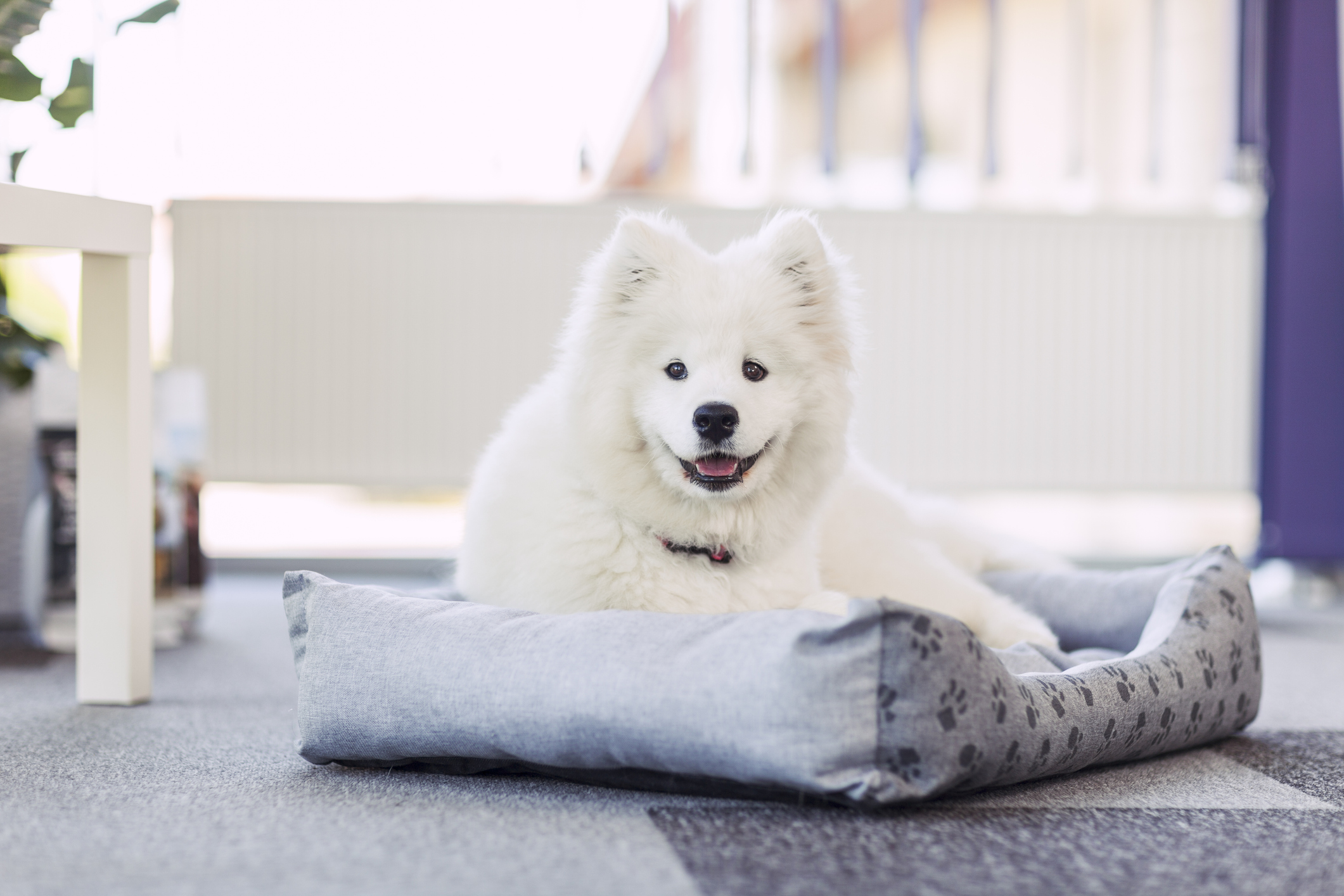
4. Keep going: even the most difficult dogs will learn
I recently had a client with a terrier and a pointer who’d run and bark at the gate every time the postman came in. It got to the point where the poor postman had no choice but to leave the post at the gate, meaning that any parcels and letters were left out in the elements — not good if it's raining.
But they taught this exact process: every time they heard the gate open, or a car door, the two dogs ran straight to their beds in the utility room. There, they'd wait patiently for the postman or other visitor to either leave or settle in; my clients were able to then walk in to the utility room where they kept a tin of treats. The tin was opened, and the dogs were rewarded for their calm behaviour.
It's no exaggeration to say that training the 'in' command like this, something which is on the face of it so simple, has transformed the lives of both the dogs and their owners on a daily basis.
For more detailed advice about Ben Randall’s positive, reward-based and proven BG training methods, one-to-one training sessions, residential training or five-star dog-boarding at his BGHQ in Herefordshire, telephone 01531 670960 or visit www.ledburylodgekennels.co.uk. For a free seven-day trial of the Gundog app, which costs £24.99 a month or £249.99 a year, visit www.gundog.app/trial
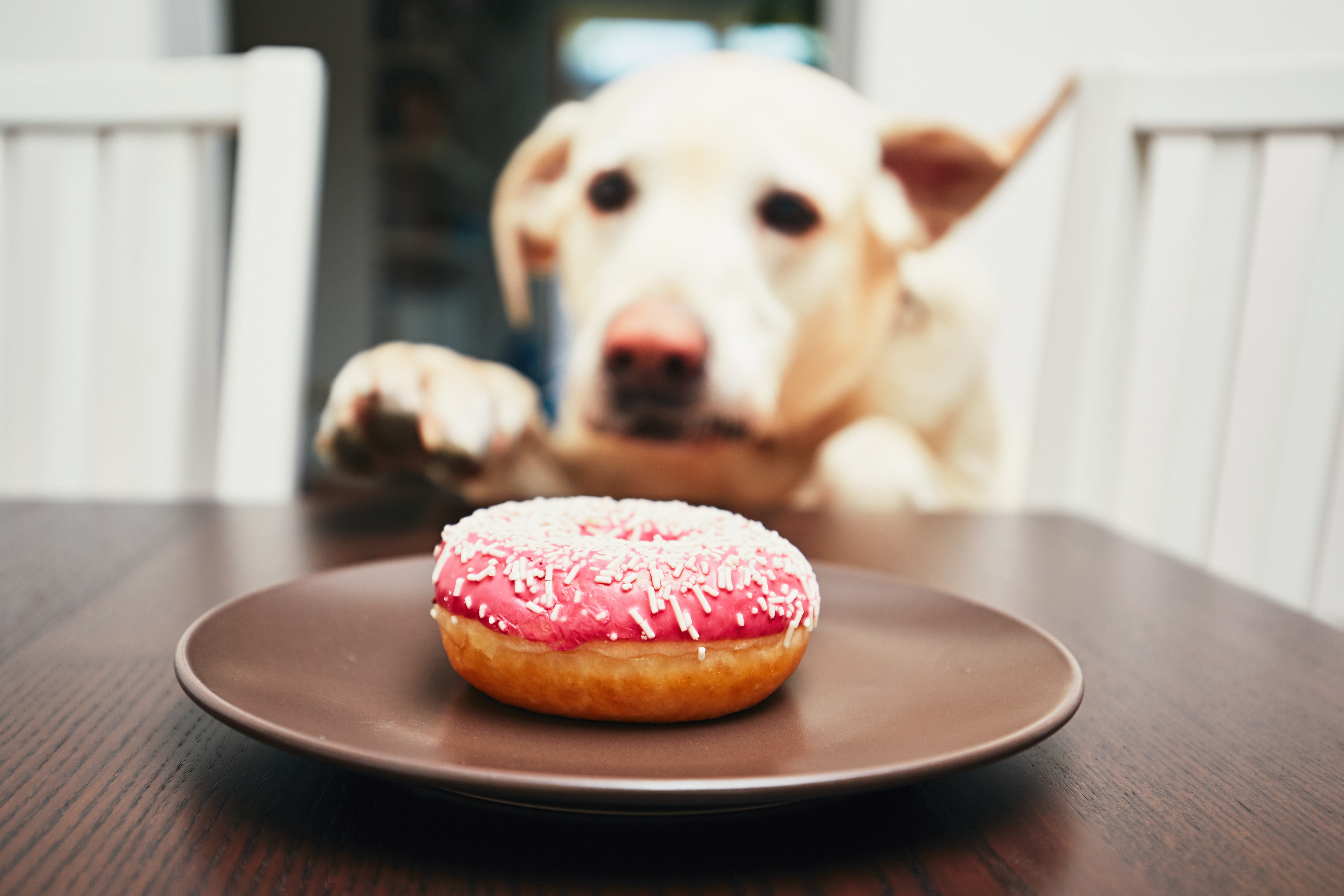
How to train your dog to leave things on command, by expert dog trainer Ben Randall
Teaching a dog to stop stealing food, clothes, TV remotes or anything else that they like to pinch can feel
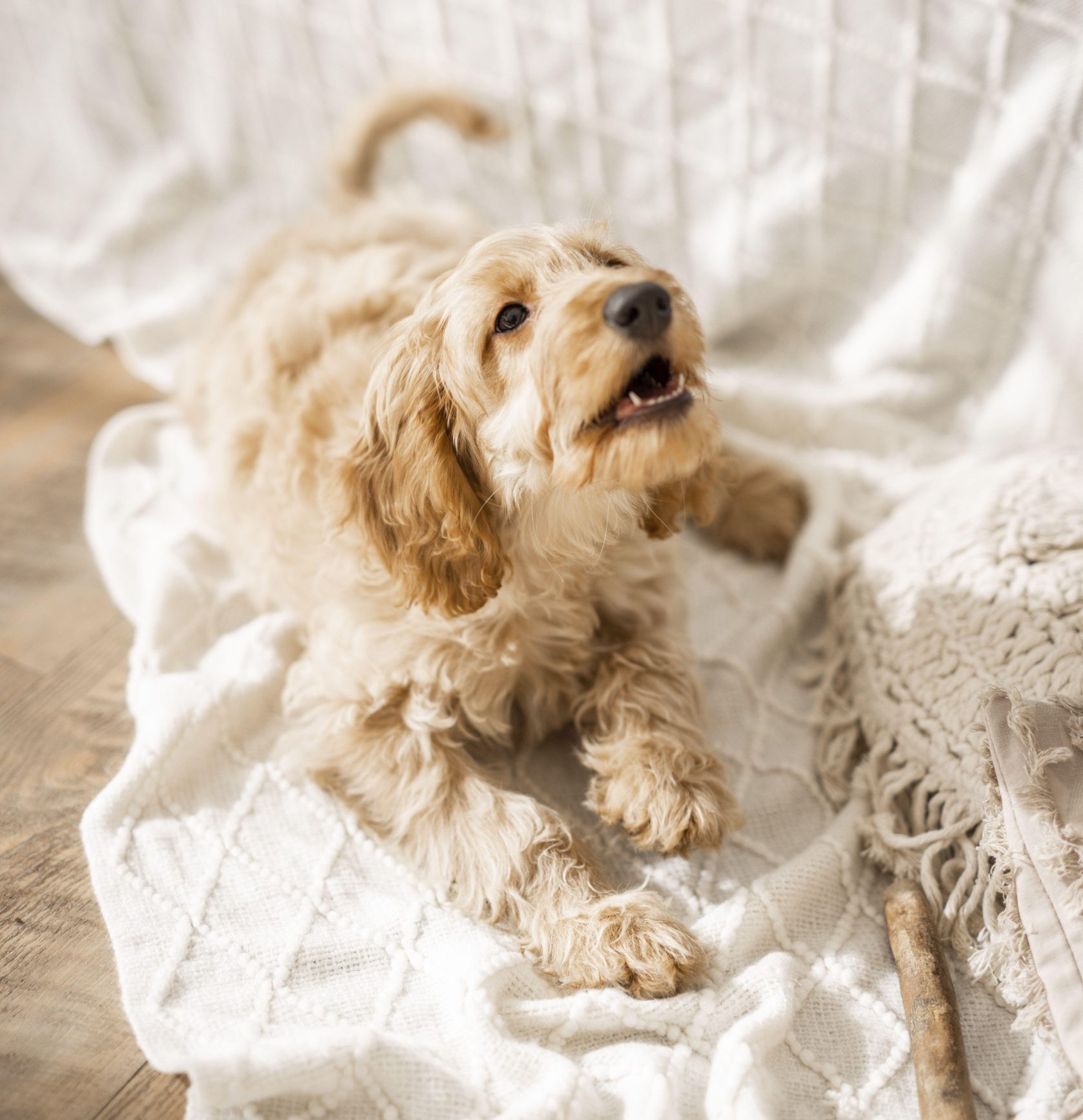
Credit: Alamy
How to stop a dog barking whenever they leave the room, by expert trainer Ben Randall
Some dogs enter defensive mode every time a door is opened or closed, something which is exhausting for owner and

Credit: Alamy
How to teach your dog to go to the toilet on the lead: Three tips from top dog trainer Ben Randall
It can be frustrating and stressful when your dog is stubbornly refusing to do its business while on a lead,
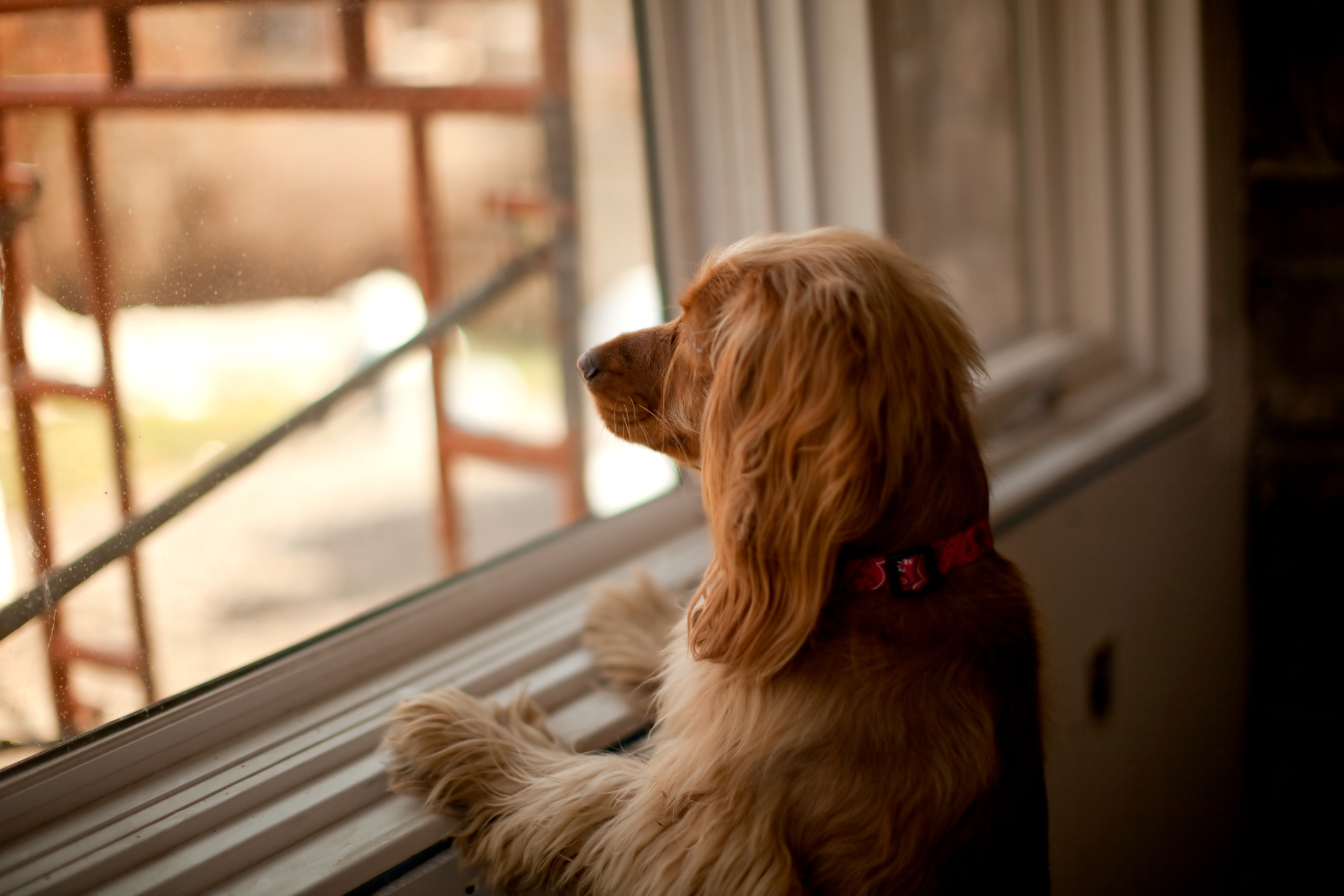
How to leave a dog alone in the house without it getting stressed, by training expert Ben Randall
With millions of people heading back to the office more regularly, leaving a dog on its own is more common
-
 Diamonds are everyone's best friend: The enduring appeal of one of Nature's sparkliest treasures
Diamonds are everyone's best friend: The enduring appeal of one of Nature's sparkliest treasuresEvery diamond has a story to tell and each of us deserves to fall in love with one.
By Jonathan Self
-
 Hidden excellence in a £7.5 million north London home
Hidden excellence in a £7.5 million north London homeBehind the traditional façades of Provost Road, you will find something very special.
By James Fisher
-
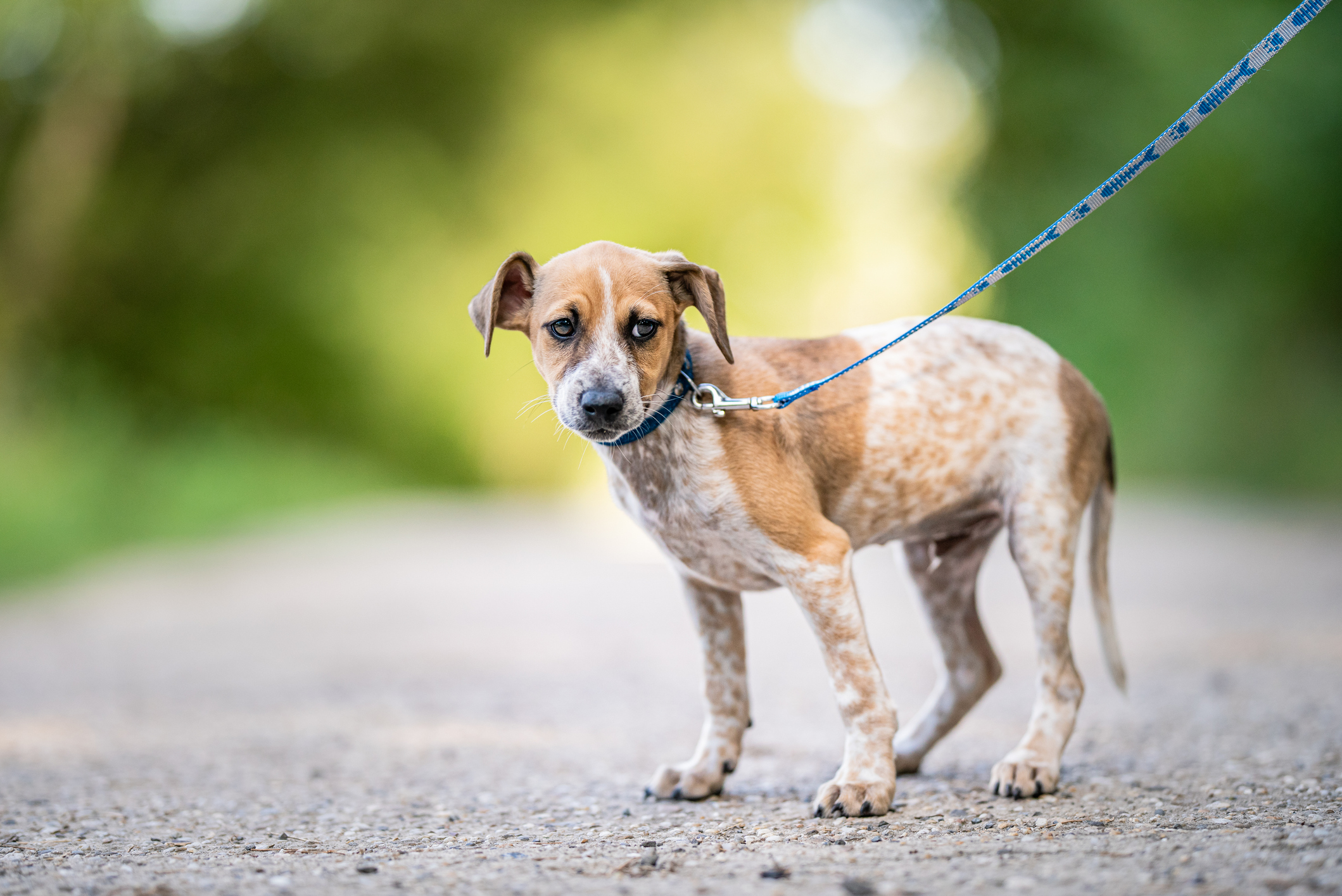 What to do when your dog gets attacked by another dog out on a walk
What to do when your dog gets attacked by another dog out on a walkBen Randall deals with a reader's difficult situation as an ordinary walk took a turn for the worse.
By Ben Randall
-
 How to deal with an older dog starting to show some bad behaviour after many happy years
How to deal with an older dog starting to show some bad behaviour after many happy yearsA-list dog trainer Ben Randall helps a reader whose ageing dog has started changing its behaviour — and not for the better.
By Ben Randall
-
 Ben Randall: Ask Country Life's canine agony uncle a question about your dog
Ben Randall: Ask Country Life's canine agony uncle a question about your dogOver the past two years our award-winning dog trainer Ben Randall has been sharing his advice with Country Life readers.
By Country Life
-
 How to look after a dog who's gone deaf, by A-list trainer Ben Randall
How to look after a dog who's gone deaf, by A-list trainer Ben RandallBen Randall handles a query from a reader whose dog has lost her hearing.
By Ben Randall
-
 How to deal with a dog that's stronger than you are — especially when it runs off when it gets excited
How to deal with a dog that's stronger than you are — especially when it runs off when it gets excitedBen Randall tackles an issue for an owner of a dog that's almost as big as she is.
By Ben Randall
-
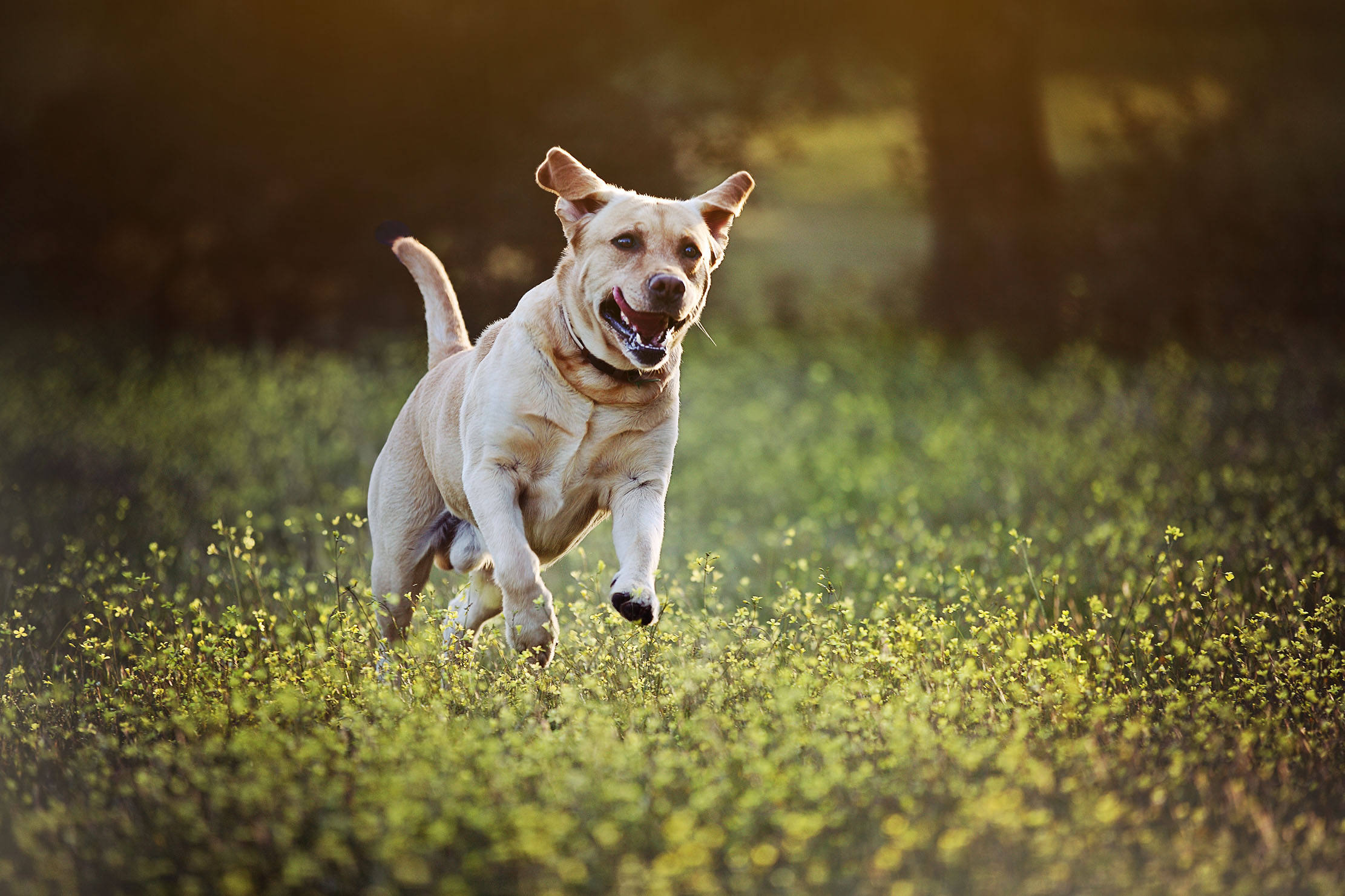 'My dog goes crazy when he sees someone with a ball launcher. How do I make him stop?': Expert trainer Ben Randall explains what to do
'My dog goes crazy when he sees someone with a ball launcher. How do I make him stop?': Expert trainer Ben Randall explains what to doTaking on a dog with ingrained bad habits can be a headache. Ben Randall explains how to retrain them to keep calm.
By Ben Randall
-
 Ben Randall: Q&A with the award-winning dog trainer
Ben Randall: Q&A with the award-winning dog trainerWe speak to Country Life's canine agony uncle Ben Randall.
By Ben Randall
-
 How to stop your dog from being protective and barking at builders
How to stop your dog from being protective and barking at buildersBarking can be annoying and unsettling for visitors. Ben Randall looks at how to get a little peace and quiet.
By Ben Randall